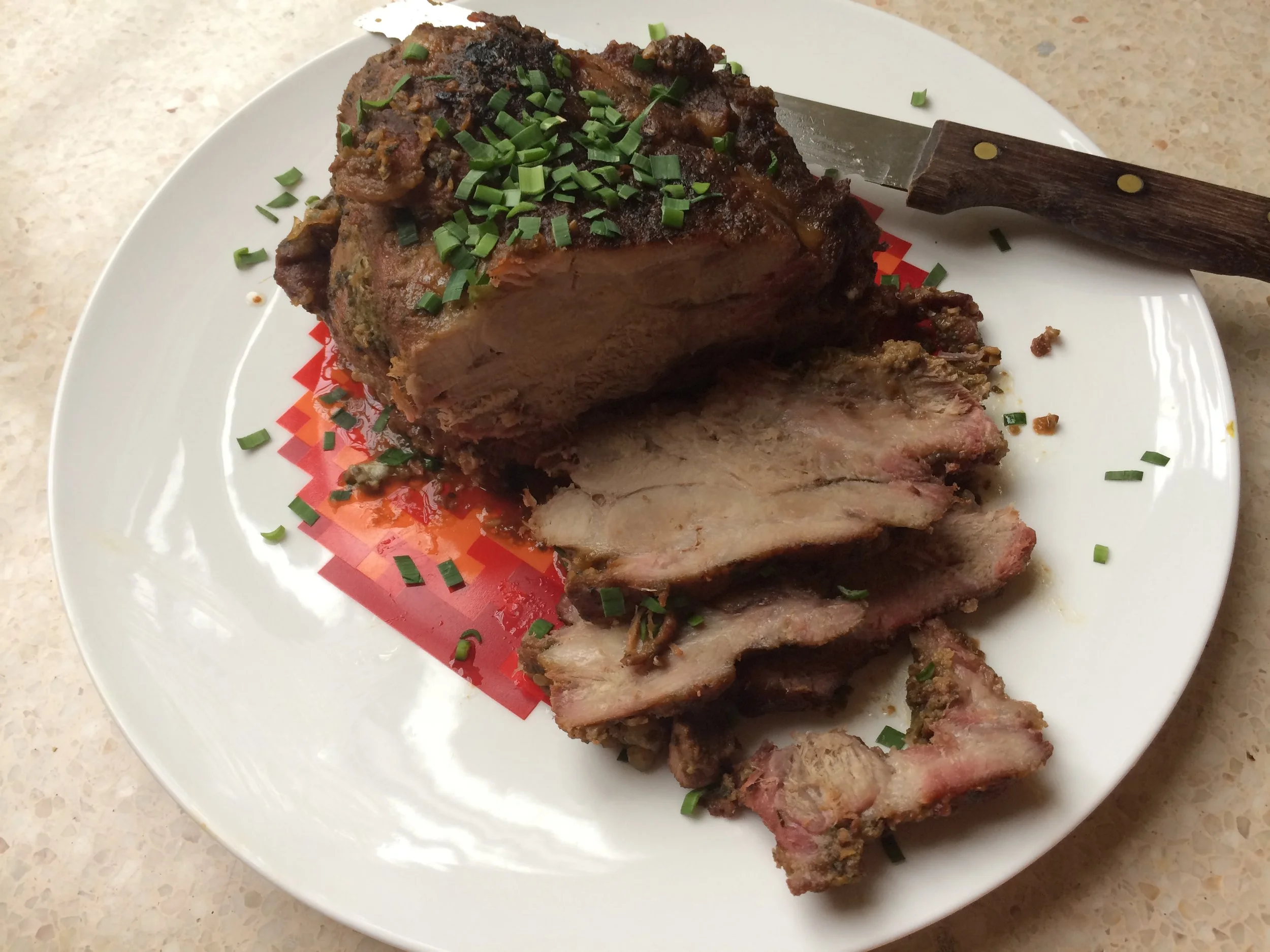Of the stories she told me about Christmas, the caramel apples stuck out the most. My friend “Lola” remembers seeing them during the holiday season in Havana when she was a little girl, about the same age as my daughter. They had the wooden stick handles and dripped with caramel as they sat in one of the display windows at Woolworth’s on 23rd and 12th in Vedado. Another friend “Maria” remembers seeing caramel apples in the same store, in the 1980s, back when Cuba was still a satellite of the Soviet Empire and received lots of subsidies that made simple pleasures like candied apples possible for the average Cuban.
Nowadays, plain apples are difficult to find, and caramel apples have long been forgotten. The Woolworth’s is now called the “TenCen” and its products are lackluster and limited. On a good day, you’ll find a couple of choices each for rum, soap, and shoes — cheap, imitation leather ones that don’t seem to fit anyone, particularly in a tropical climate. There is no fruit to be found, certainly not of the fresh variety; the only thing that comes close are the bars of guava paste. The only evidence that Woolworth’s was once there is the logo, etched into the varnished, ceramic floor just outside the front door.
With my friends’ memories of caramel apples in mind, I decided to try making them from scratch after I recently managed to find apples in a store. There are many caramel apple recipes online, many of which call for caramels themselves, which we don’t have here. I settled on a recipe from Allrecipes.com that had a list of ingredients we already had in the house, saving me the effort of going to various markets around Havana. I even had the chopsticks the recipe called for, which was a good thing because those would have been a nightmare to find in Cuba.
I’d had some experience making candy recently, with a botched experiment to make marshmallows for Halloween. In the process, I’d broken a couple of kitchen appliances and ended up with a crazy, taffy-like mass of sugar that seemed untamable. Even so, they were delicious, and in the process, I’d learned how to make a corn syrup substitute, which came in handy for the caramel apples.
This time around, I faced the challenge of making the caramel without a thermometer. I don’t own a candy thermometer, and I’d learned in the previous experiment that espresso thermometers aren’t a substitute. The evidence was a melted, mangled mess of a thermometer.
Our second recipe session yielded a slightly softer, perfect caramel and the kids decorated the apples with candy sprinkles before the caramel hardened.
I am thankful to say this experiment went much smoother than the previous one.
It helped that I’ve had some experience with making caramel, from a dish I learned in China called silk-threaded apples. (You can find the dessert served at the end of a lovely dinner at my restaurant in Beijing, Black Sesame Kitchen; I also wrote about it in my book Serve the People.) The only trick with this recipe is the timing. As you heat the caramel, it will bubble for what seems an eternity but in reality is about 20 minutes. Keep on stirring and allowing it to bubble, as your kitchen fills with the scent of a vanilla and sugar. The bubbles will become smaller and the mixture will start to feel like its sticking to the sides of the pot and takes on a slightly thicker, taffy-like consistency. That’s when you know it’s time to slip in the apples. I dipped the apples in a bowl of water for a quick second to make sure the caramel didn’t slip off; you also get a crisper exterior to the caramel. You can skip this step if you prefer softer, stickier caramel; in any case the caramel will harden up after it cools. Just before they cool, you can drizzle them with nuts or candy sprinkles.
Funny enough, it was the adults who enjoyed the apples more than my kids. My kids gave quick cursory tastes and requested “normal” apples. My husband devoured his within minutes, leaving the core and the chopstick at our kitchen table before he went for his weekend kiteboarding ritual. My Cuban friends oohed and aahed about them before taking bites and remembering how they once used to exist in Cuba in the childhoods. It was both the memory, and the sugary shell, that made those apples so sweet.
Caramel Apples (Adapted from allrecipes.com)
4 large apples
4 wooden chopsticks for handles
1/2 cup butter
1 cup brown sugar
1/2 cup corn syrup
7 oz. sweetened condensed milk
1 teaspoon vanilla extract
optional: decorations like sprinkles or nuts
Bring a large saucepan of water to a boil. Dip the apples in the boiling water for a few seconds, then dry with paper towels to remove any wax from the peels. Set the apples aside; when completely cool, insert a wooden chopstick firmly into the bottom of each apple for a handle.
Line a baking sheet with wax or parchment paper. (Optional: Fill a large glass bowl 3/4 of the way with cool water and set next to the baking sheet.)
Stir butter, brown sugar, corn syrup, and sweetened condensed milk together in a saucepan over medium-high heat. Bring it to a boil, stirring constantly, and reduce the heat to medium. Stir in the vanilla. Cook until the bubbles in the mixture diminish into smaller bubbles, and the mixture begins to take on a sticky, taffy-like consistency, about 20 minutes.
Working quickly, dip each apple into the hot caramel to completely coat the apple and about 1/2 inch of the chopstick. (Optional: Dip the apple quickly in the glass bowl filled with water for 1 second.) Place the apple on the wax or parchment paper. Wait for at least 15 minutes for the apples to cool before eating, or chill in a refrigerator until they’re ready to be eaten. They can be stored in the refrigerator for 3-4 days.




